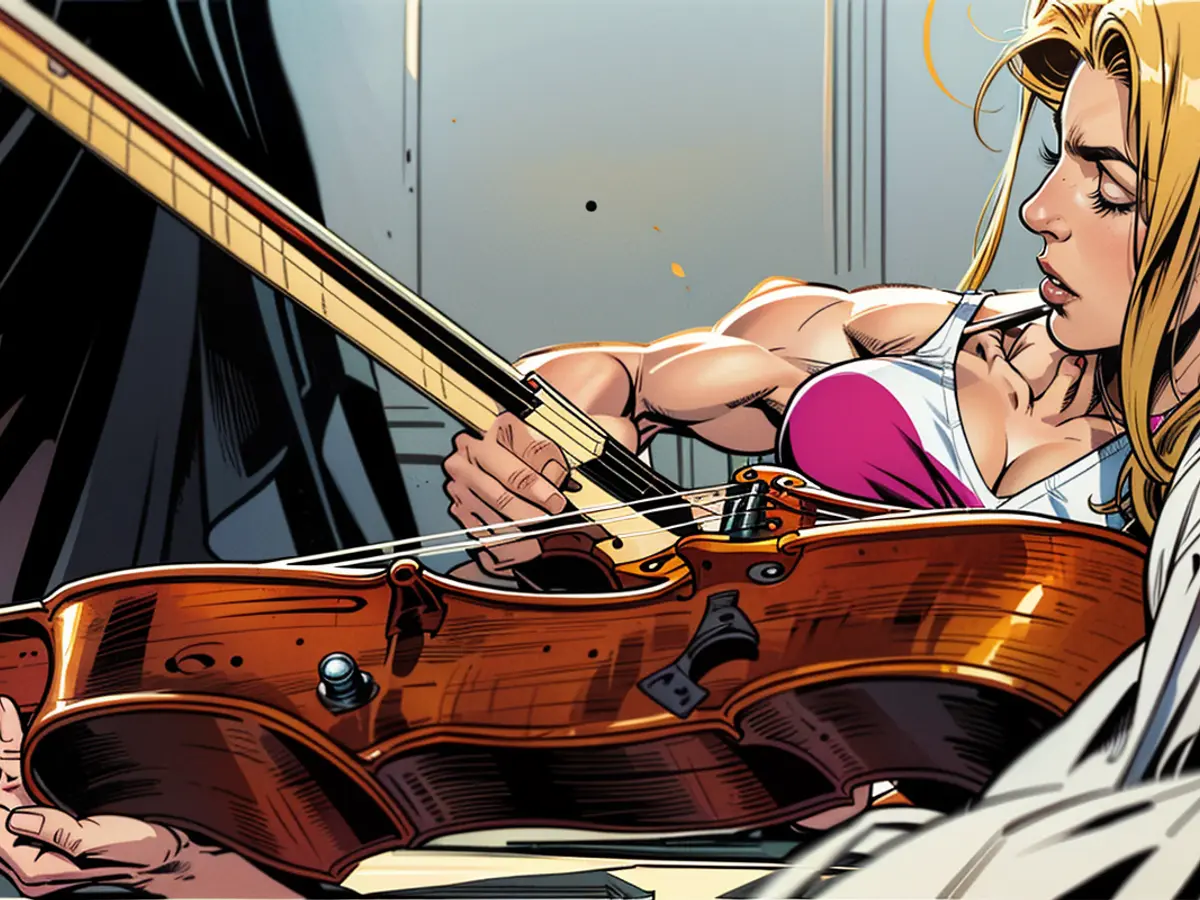Music - Music school law poses challenges for institutions
Two years ago, the Music and Youth Art Schools Law kept municipal music schools in Thuringia afloat. "Currently, there are many challenges for the music schools," said Romy Kopmann, managing director of the Thuringian Music Schools Association. Currently, the implementation of the 2022 law is the greatest of these challenges.
In principle, it is positive that the state now reliably contributes to the financing of the schools. In addition, the law is an argument for the demand for regular employment relationships for music teachers. Having qualified personnel in secure employment situations is in the interest of the Music Schools Association - and this was also the intention in the municipalities, according to Kopmann. The law offers a stable financial subsidy for music schools under the condition that certain quality criteria are met.
Regulations bring challenges
The implementation is problematic in some places, according to Kopmann. First and foremost, the additional costs are a heavy burden for the individual municipalities. School closures due to increased costs are not yet foreseeable. There are also problems with the qualification process in terms of recognition of foreign diplomas. In addition, there are cases where professional musicians do not actually seek a permanent secondary job and are satisfied with the honorarium solution.
From the association's perspective, therefore, a little more flexibility in implementation is desirable, according to Kopmann. A central role is also played by the so-called Herrenberg Judgment of the Federal Social Court on the securing obligation for honorary staff. From this individual decision, potential liability risks for honorary staff and high financial demands from social insurance institutions for the beneficiaries can result.
Requirements for the number of permanently employed teachers
With the Music and Youth Art Schools Law, it is intended to achieve that as many of the previously widespread employment relationships on an honorary basis as possible are transferred into regular employment relationships, explained Maria-Theresia Meißner from the Thuringian State Chancellery. To receive funding, schools must be recognized by the state.
To achieve this, at least half of the music teachers must be employed indefinitely and subject to social insurance contributions. For a three-year transition period, this statutorily prescribed percentage of permanent employees was reduced to 25%. In addition, the suitable qualification of the teaching staff must be proven.
Many schools meet the requirements
Principally, the schools are already on a good path, according to Kopmann: The reduced requirements for the percentage of permanent employees of 25% would apply to all communal music schools. Approximately half of the schools already meet the 50% quota.
There are also progress in recognition. Currently, the experiences and problems of the music schools are being collected, and there are currently no solid findings. For example, the Music School Jena is calculating that it will be able to make concrete statements at the earliest in the fall, according to a spokeswoman. The uncertain overall situation has caused uncertainty among honorary staff there.
Exceptions for the accordion, harpsichord, and viola da gamba
However, there are exceptions: The accordion, harpsichord, and viola da gamba are not covered by the law, as they are considered special instruments, according to Meißner. The Music and Youth Art Schools Law only applies to the employment relationships of music teachers who teach instruments that are not listed as exceptions.
Outside of this issue, it is becoming increasingly difficult on the countryside to find suitable personnel for music schools, it was stated. Community orchestras were having a noticeable positive impact on the offer, as they could also offer instruction for less common instruments. For instance, at the Music School Altenburger Land, instruction for accordion, organ, and harpsichord is offered. In Jena, one can currently learn harp and viola da gamba.
In general, the demand remains stable, according to Kopmann. Instruction for guitar and piano is still the most popular. The past years have shown that face-to-face instruction cannot be replaced by online courses. However, digital media such as practice apps or sheet music available on tablets make a good supplement.
According to the association, there are currently 25 communal music schools in Thuringia, where over 26,000 students were enrolled at the beginning of the year. A total of 4.35 million Euro was allocated in the state budget for the music schools.
- Romeo Kopmann, discussing the challenges faced by music schools in Thuringia, mentioned that one of the issues is the recognition of foreign diplomas for music teachers in schools like the Music School Erfurt.
- In contrast to some special instruments like the accordion, harpsichord, and viola da gamba, the Music and Youth Art Schools Law applies to the employment relationships of music teachers in schools such as the Music School Jena, teaching common instruments like the piano.
- Despite the issues with implementation and recognition, many music schools in Thuringia, including Jena and Altenburger Land, are making progress and meeting the requirements set by the Music and Youth Art Schools Law, providing music education to over 26,000 students consistently.








